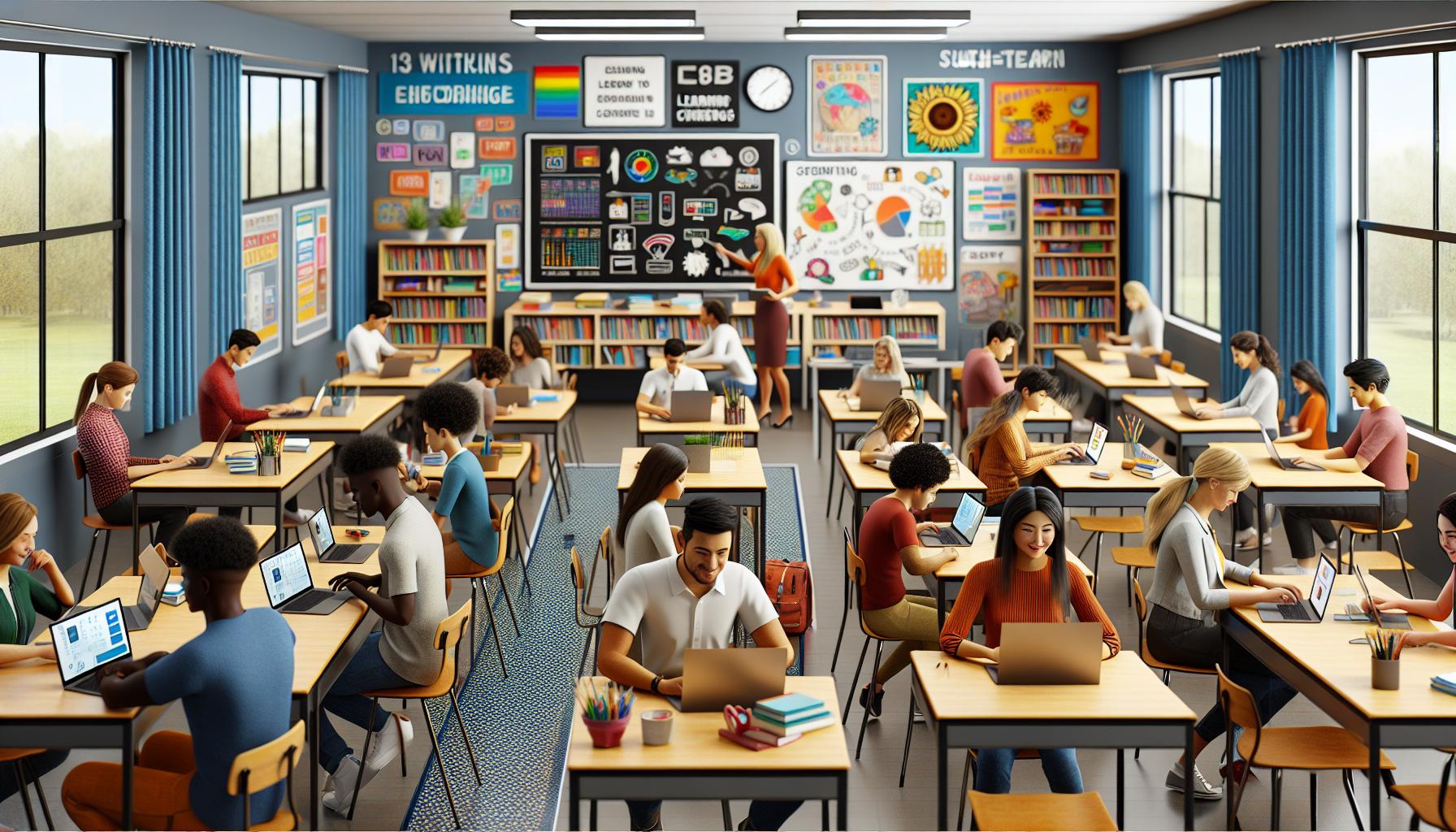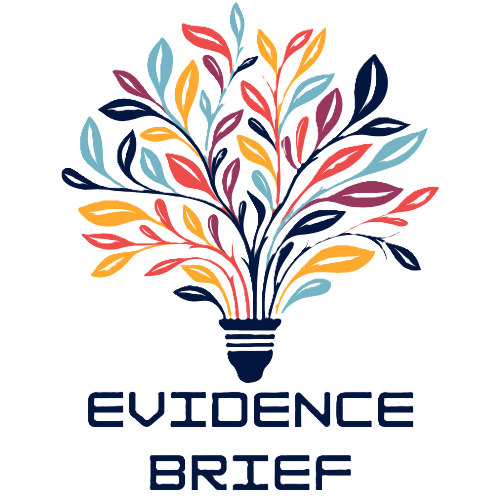Ever wondered what those mysterious letters and numbers “K-12” mean when people talk about education? It’s not a secret code or a newfangled text abbreviation – it’s actually a comprehensive term that covers a student’s educational journey from kindergarten through high school graduation.
For parents navigating the education system or anyone curious about academic structures K-12 represents the entire sequence of primary and secondary education in the United States. Think of it as a one-stop term that encompasses everything from a child’s first day of finger painting in kindergarten to their triumphant walk across the graduation stage 13 years later. This standardized framework has shaped American education for generations creating a clear pathway for millions of students to progress through their academic careers.
What Is K-12 Education?
K-12 education encompasses a structured 13-year educational system starting from kindergarten through grade 12. This comprehensive framework forms the foundation of American primary and secondary education.
Grade Level Breakdown
The K-12 system divides student education into three distinct levels:
- Elementary School (K-5):
- Kindergarten: Ages 5-6
- First through Fifth Grade: Ages 6-11
- Middle School (6-8):
- Sixth Grade: Ages 11-12
- Seventh Grade: Ages 12-13
- Eighth Grade: Ages 13-14
- High School (9-12):
- Freshman Year (9th): Ages 14-15
- Sophomore Year (10th): Ages 15-16
- Junior Year (11th): Ages 16-17
- Senior Year (12th): Ages 17-18
Core Academic Components
K-12 education centers on five fundamental subject areas:
- English Language Arts
- Reading comprehension
- Writing skills
- Literature analysis
- Mathematics
- Arithmetic
- Algebra
- Geometry
- Science
- Biology
- Chemistry
- Physics
- Social Studies
- History
- Geography
- Civics
- Physical Education
- Health education
- Sports activities
- Fitness fundamentals
These core subjects integrate grade-appropriate content complexity starting with basic concepts in elementary grades progressing to advanced topics in high school.
The Evolution of K-12 Education

The K-12 education system emerged through significant transformations in American educational practices. Its development reflects changing societal needs educational philosophies throughout U.S. history.
Historical Development
The formal K-12 structure took shape in the 1850s with the establishment of age-graded classrooms in Boston’s public schools. The Massachusetts Compulsory Attendance Act of 1852 marked the first mandatory school attendance law leading to standardized education periods. In 1892 the National Education Association’s Committee of Ten standardized secondary education creating a uniform curriculum framework. The Smith-Hughes Act of 1917 integrated vocational education into public schools expanding the scope of K-12 education. The Elementary Secondary Education Act of 1965 established federal funding support solidifying the modern K-12 framework.
Modern Adaptations
Digital technology integration transformed K-12 education through smart boards interactive software virtual learning platforms. Online learning management systems enable 24/7 access to educational resources coursework assignments. STEM education programs emphasize technology engineering mathematics preparing students for modern careers. Project-based learning approaches replaced traditional lecture formats promoting hands-on experience critical thinking. Personalized learning paths accommodate different learning styles abilities using adaptive technology assessment tools. Remote learning options expanded educational access beyond traditional classroom boundaries creating flexible learning environments.
Benefits of the K-12 Education System
The K-12 education system provides comprehensive educational advantages that enhance student development through structured learning progression. This systematic approach creates a foundation for academic success while fostering social growth.
Academic Advantages
K-12 education delivers sequential skill development across core subjects from kindergarten through high school graduation. Students gain mastery in fundamental literacy skills during elementary years, advancing to complex analytical abilities in high school. The curriculum structure ensures age-appropriate learning progression in mathematics, starting with basic numeracy concepts and culminating in advanced algebra calculus. Research shows K-12 students demonstrate improved critical thinking abilities through exposure to diverse subjects like science social studies. The system incorporates specialized programs for gifted learners advanced placement courses which enable academic acceleration. Students receive consistent assessment feedback through standardized testing formative evaluations that track their progress across grade levels.
Social Development Impact
Students in K-12 education develop essential social skills through daily peer interactions classroom collaboration. The structured environment promotes leadership abilities through group projects student government opportunities. Extracurricular activities like sports clubs drama productions enhance communication interpersonal relationships. Research indicates K-12 students show improved emotional intelligence empathy through regular social engagement. The system creates opportunities for cultural awareness by exposing students to diverse perspectives backgrounds. Students learn conflict resolution skills through supervised interactions guided problem-solving exercises. Long-term relationships formed throughout the K-12 journey contribute to stronger social networks support systems. Teachers serve as mentors role models helping students develop professional social etiquette workplace readiness skills.
Global K-12 Education Models
K-12 education systems vary across countries, reflecting diverse cultural values educational priorities. Each nation adapts the framework to meet its specific needs while maintaining core academic standards.
Different Country Approaches
Finland employs a nine-year comprehensive school system with optional pre-primary education starting at age 6. Japanese schools operate on a 6-3-3 system, emphasizing moral education alongside academic subjects. Singapore structures its education into six years of primary school followed by four to five years of secondary education. South Korea implements a 6-3-3 system with intense focus on college preparation examinations. The Netherlands divides education into eight years of primary education followed by different tracks of secondary education based on academic performance.
| Country | Primary Years | Secondary Years | Notable Features |
|---|---|---|---|
| Finland | 9 | 3 | No standardized testing |
| Japan | 6 | 6 | Strong moral education |
| Singapore | 6 | 4-5 | Track-based system |
| South Korea | 6 | 6 | College exam focus |
| Netherlands | 8 | 4-6 | Multiple academic tracks |
Standardization Efforts
International organizations promote global education standards through assessment programs like PISA (Programme for International Student Assessment). The International Baccalaureate program offers standardized curricula across 5,000 schools in 158 countries. UNESCO coordinates education initiatives through the Education 2030 Framework for Action. The OECD Education 2030 project establishes common learning metrics for comparing educational outcomes. Regional agreements like the Bologna Process in Europe facilitate student mobility across education systems.
Key Challenges in K-12 Education
The K-12 education system faces several significant obstacles that impact student success and educational equity. These challenges require targeted solutions and systemic changes to ensure quality education for all students.
Resource Disparities
Resource disparities create significant differences in educational quality across K-12 schools. High-income districts spend an average of $23,000 per student annually while low-income districts allocate only $6,500. These funding gaps affect essential educational components:
- Technology access limits learning opportunities in 47% of underfunded schools
- Staffing shortages leave 40% of high-poverty schools without full-time counselors
- Facility maintenance backlogs exceed $50 million in 35% of urban districts
- Instructional materials remain outdated by 8+ years in resource-constrained schools
- Extracurricular programs operate at 30% capacity in schools lacking proper funding
Achievement Gaps
Achievement gaps persist across demographic groups in K-12 education settings. Standardized test scores reveal significant performance differences:
| Student Group | Reading Proficiency | Math Proficiency |
|---|---|---|
| White | 45% | 44% |
| Black | 18% | 14% |
| Hispanic | 23% | 20% |
| Low-income | 25% | 22% |
- Limited access to advanced placement courses in underserved schools
- Higher teacher turnover rates in low-performing districts
- Reduced availability of academic support programs
- Language barriers for English language learners
- Income-based disparities in early childhood education access
The Future of K-12 Education
K-12 education continues to evolve with emerging technologies, innovative teaching methods, and changing student needs. The transformation focuses on creating personalized learning experiences that prepare students for an increasingly digital world.
Technology Integration
Artificial Intelligence powers adaptive learning platforms that customize content based on individual student performance. Cloud-based collaboration tools enable real-time student interaction across multiple devices. Virtual reality applications transport students to historical events, scientific phenomena, and global locations. Learning analytics track student progress through data visualization dashboards, identifying areas for improvement. Digital portfolios showcase student work, replacing traditional assessment methods with comprehensive achievement records. IoT sensors monitor classroom conditions, optimizing temperature, lighting, and air quality for enhanced learning environments. 5G connectivity supports seamless streaming of educational content across multiple devices.
Curriculum Innovation
Project-based learning incorporates real-world challenges into daily instruction. Cross-disciplinary programs combine subjects like mathematics with art or science with literature. Microlearning modules break complex topics into digestible segments for better retention. Industry partnerships provide students with hands-on experience in emerging fields. Computational thinking integrates coding skills across traditional subjects. Social-emotional learning components develop student resilience and interpersonal abilities. Entrepreneurship programs teach business skills through student-run ventures. Environmental sustainability courses prepare students for climate-related challenges. Global collaboration projects connect classrooms across international borders through digital platforms.
Conclusion
K-12 education stands as a cornerstone of modern educational systems shaping the academic and social development of students worldwide. While challenges like resource disparities and achievement gaps persist the system continues to evolve through technological innovation and improved teaching methodologies.
The future of K-12 education looks promising with artificial intelligence adaptive learning and virtual reality transforming traditional classrooms. These advancements combined with comprehensive curriculum reforms ensure students receive the tools they need to succeed in an increasingly digital world.
As education systems worldwide adapt to changing needs the K-12 framework remains essential in preparing students for higher education and future careers. Its structured approach to learning continues to provide a solid foundation for academic excellence and personal growth.

